While wind load coefficients are usually provided for stand-alone objects in standards, for accurate wind load assessments and other questions (e.g., local wind loads or wind comfort), consideration of the surroundings is essential. According to COST guidelines, the environment should be realistically modeled within a radius of at least six times the object height. More distant influences should be qualitatively evaluated. Modeling of the surroundings and topography must comply with the requirements of the guidelines for wind tunnel tests in building aerodynamics.
D1.2 Consideration of Surroundings: Solitary or Context


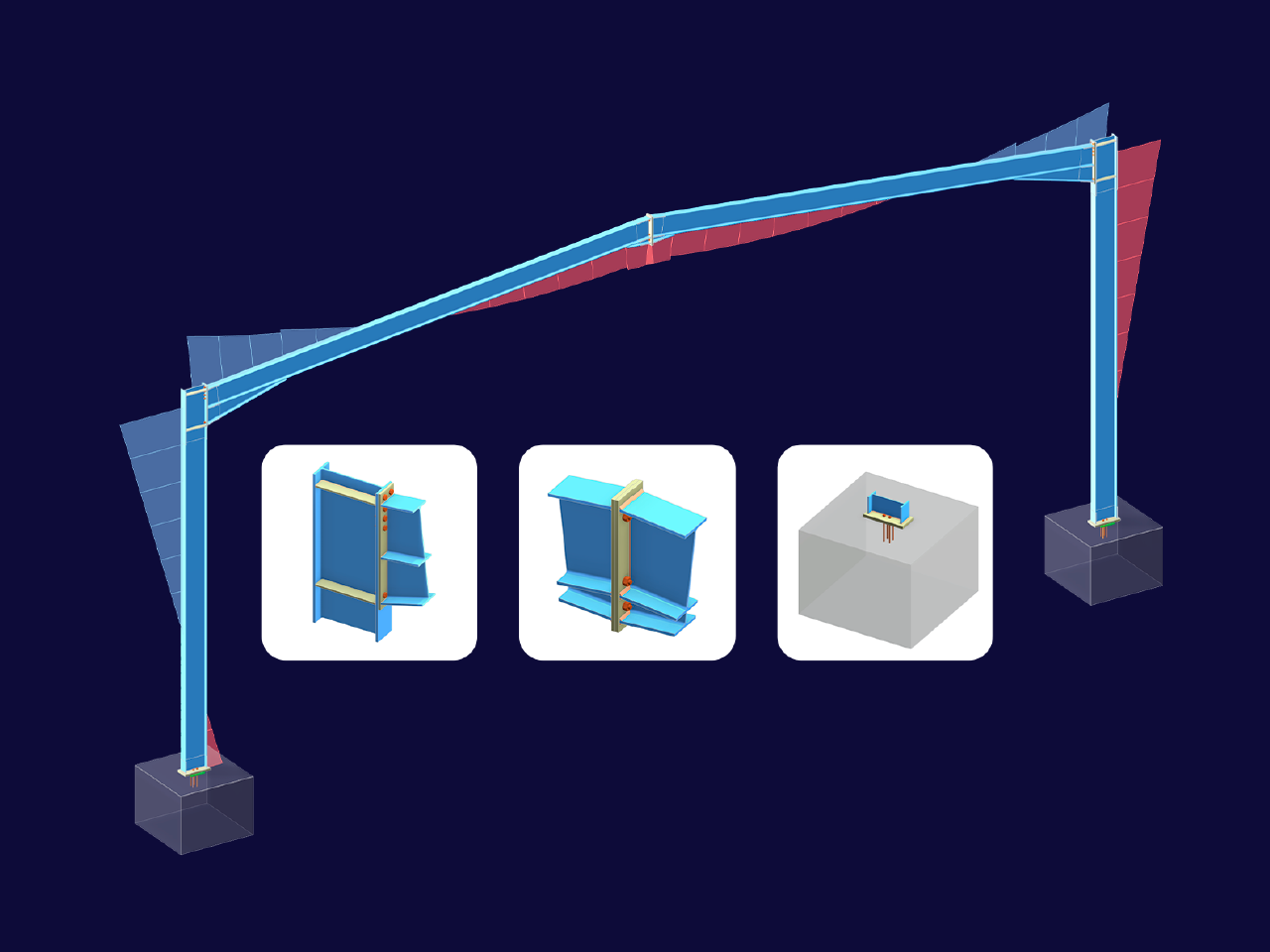
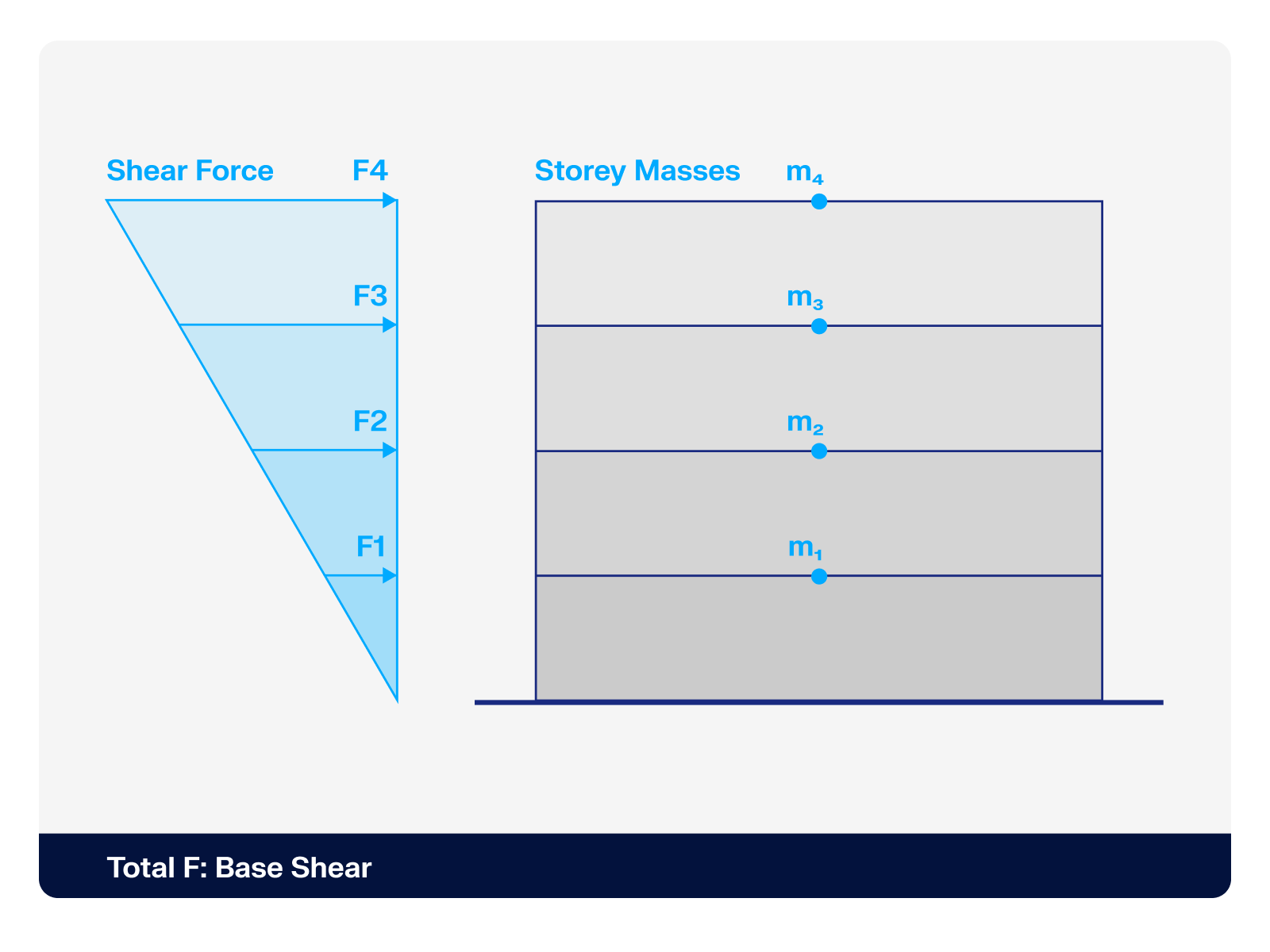.png?mw=512&hash=4a84cbc5b1eacf1afb4217e8e43c5cb50ed8d827)
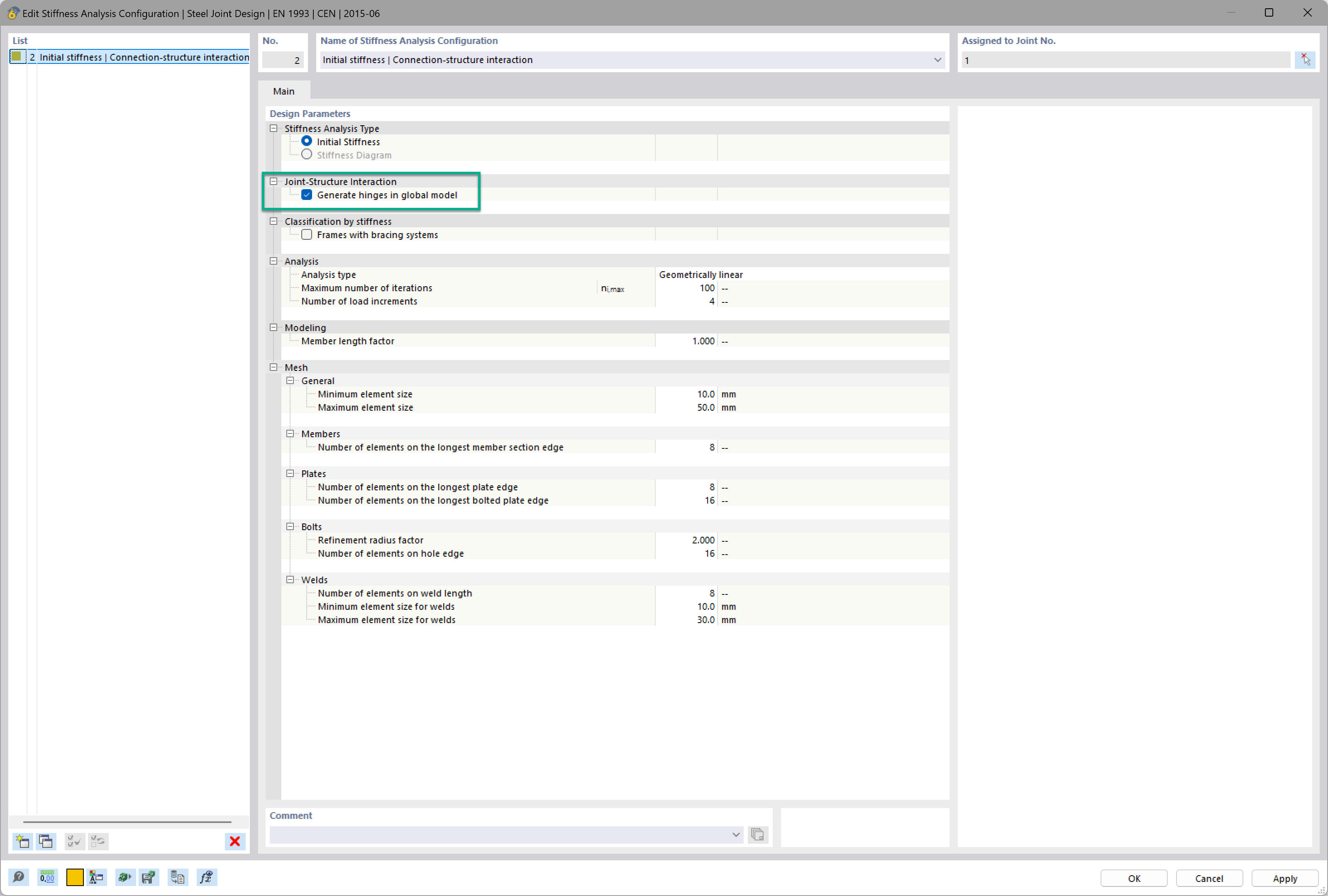
Want to automatically consider steel joint stiffness in your global RFEM model? Utilize the Steel Joints add-on!
Activate joint-structure interaction in the stiffness analysis of your steel joints. Hinges with springs are then automatically generated in the global model and included in subsequent calculations.
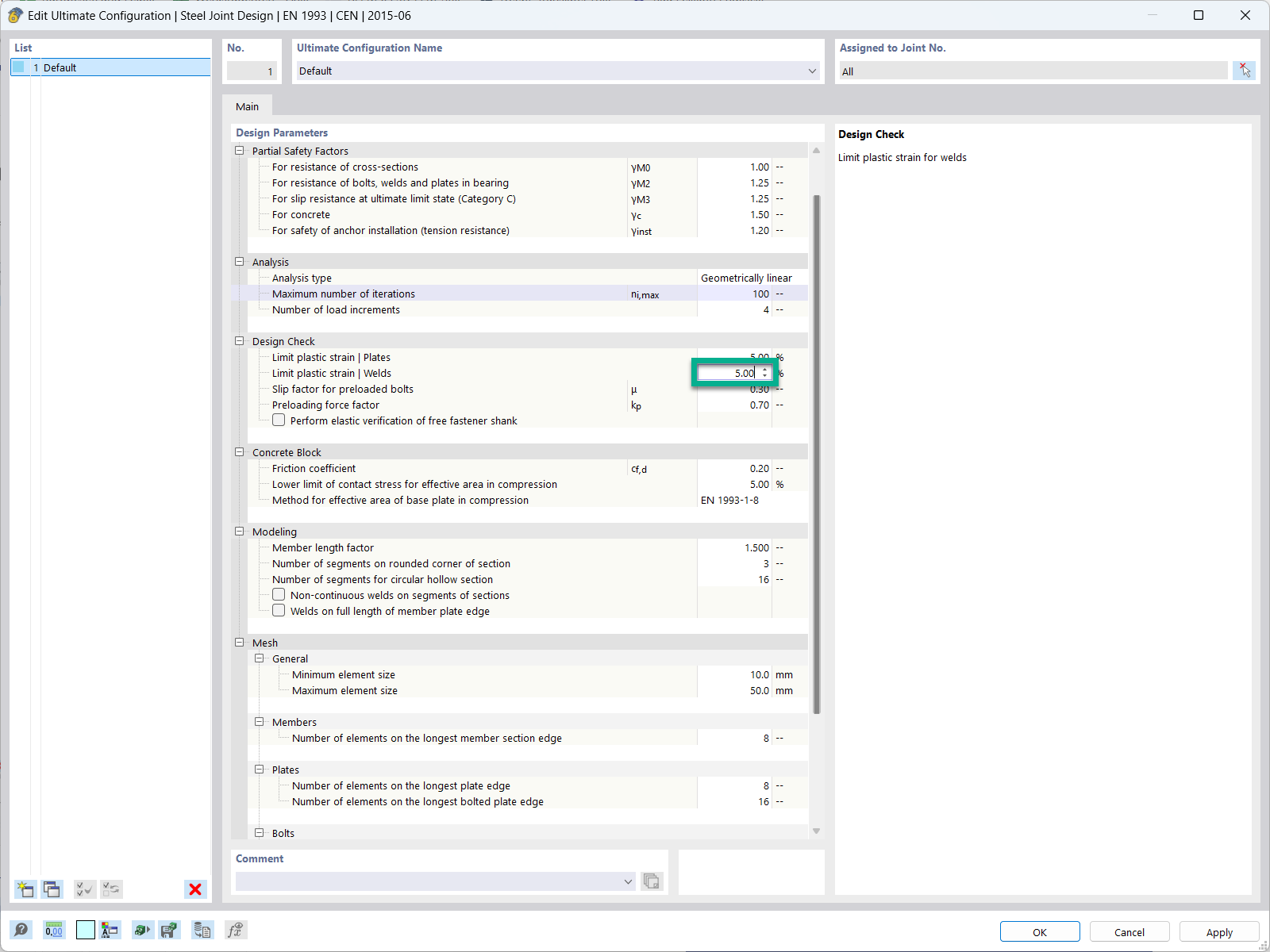
In the ultimate configuration of the steel joint design, you have the option to modify the limit plastic strain for welds.
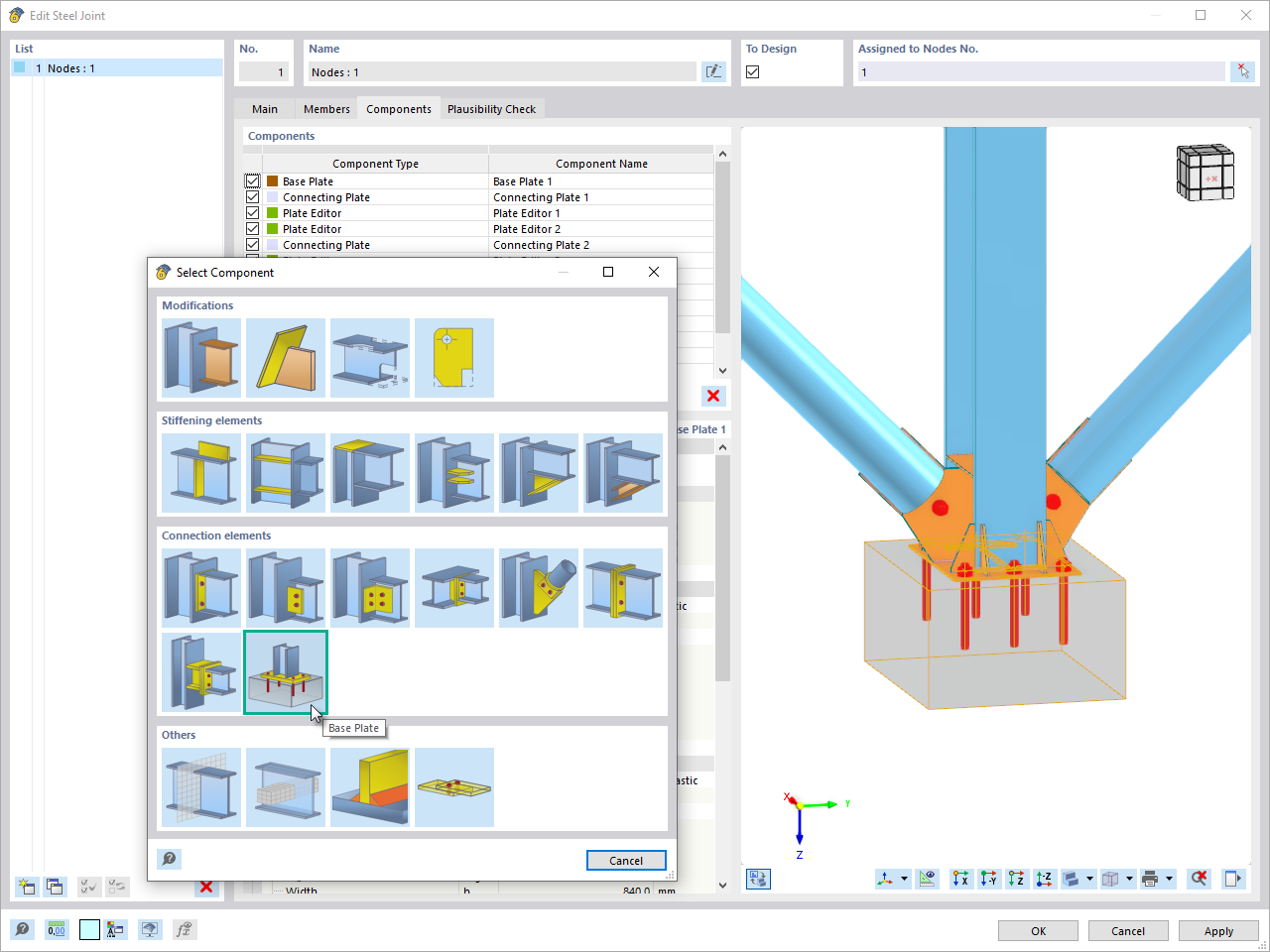
The "Base Plate" component allows you to design base plate connections with cast-in anchors. In this case, plates, welds, anchorages, and steel-concrete interaction are analyzed.
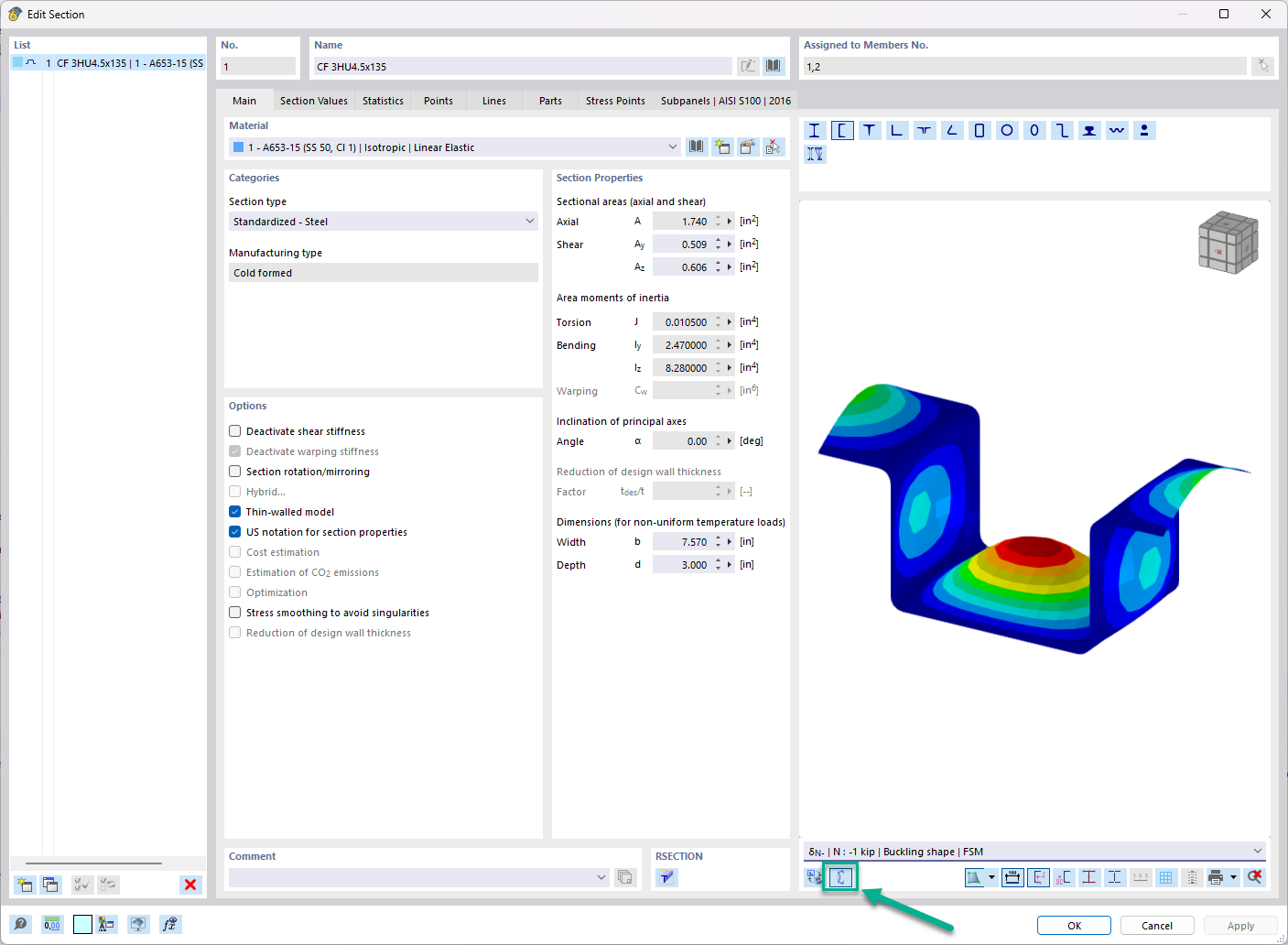
In the "Edit Section" dialog box, you can display the buckling shapes of the Finite Strip Method (FSM) as a 3D graphic.
In the Steel Joints add-on, I get high utilization ratios for preloaded bolts in the tension design. Where do these high utilization ratios come from and how can I evaluate the load-bearing reserves of the bolt?
How can treating a connection as fully rigid result in an uneconomical design?
Is it possible to consider shear panels and rotational restraints in the global calculation?













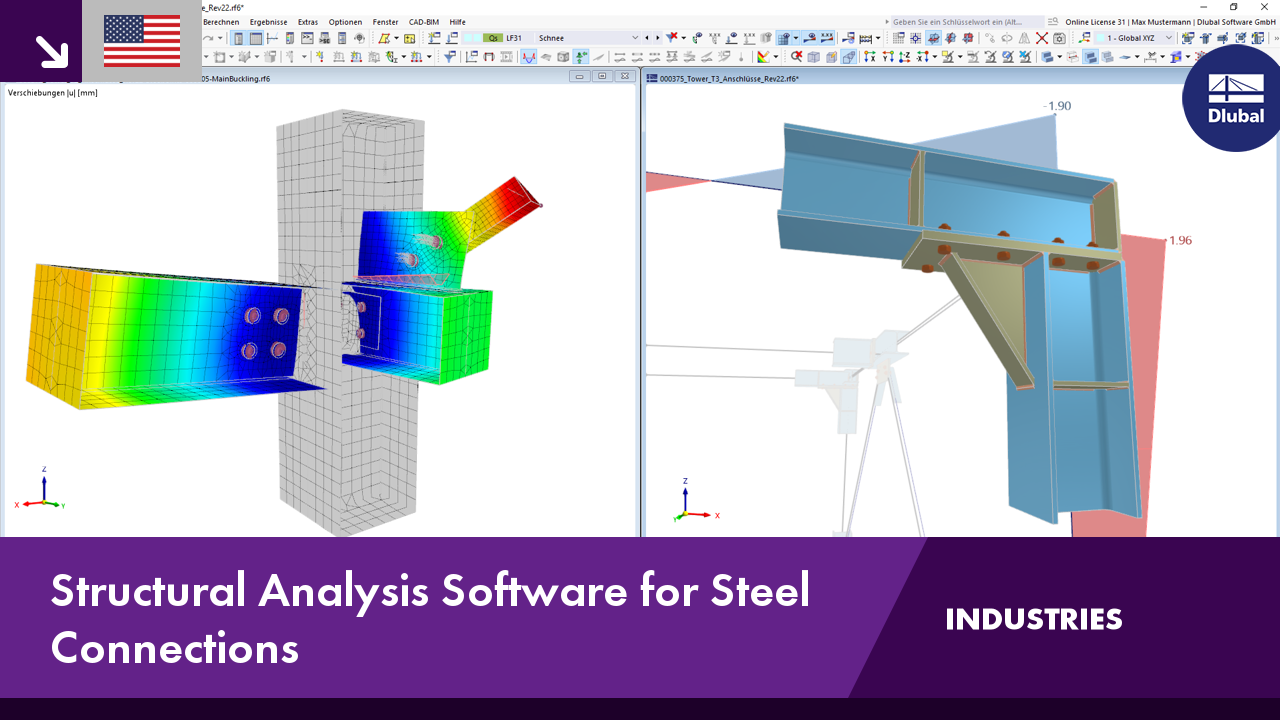.png?mw=350&hash=c6c25b135ffd26af9cd48d77813d2ba5853f936c)




























_1.jpg?mw=350&hash=ab2086621f4e50c8c8fb8f3c211a22bc246e0552)



